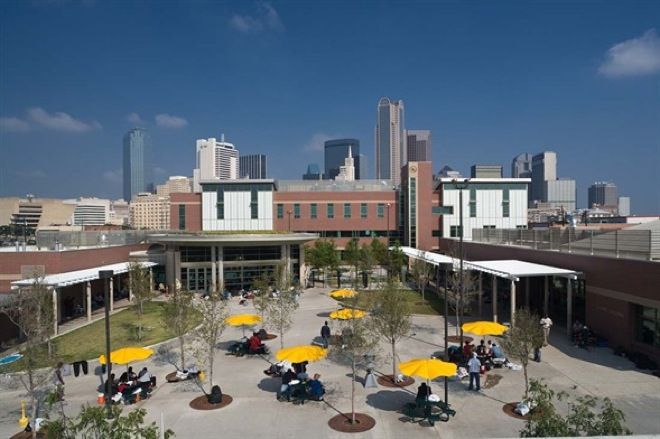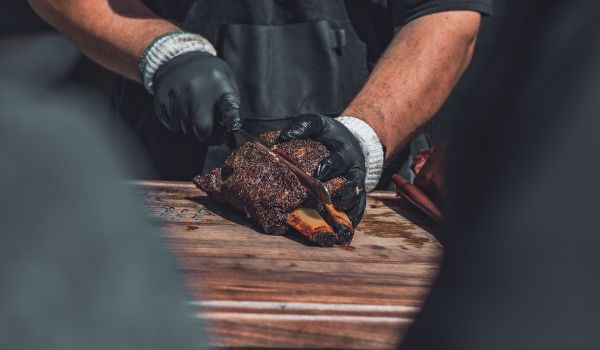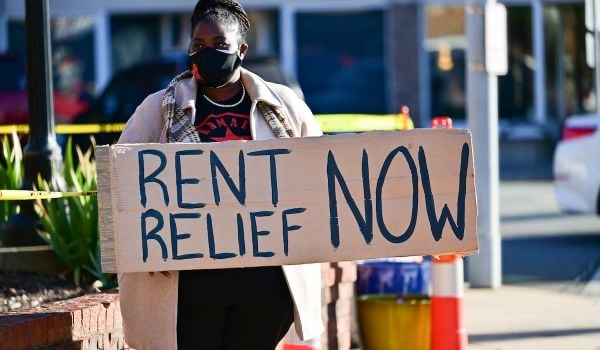The Bridge has been open for 3 years now. What impact has it had on Dallas-area homelessness?
By transitioning people experiencing homelessness from streets or institutions into shelter and housing, The Bridge Homeless Assistance Center has produced truly outstanding outcomes. Crime has decreased in The Bridge/Farmers Market neighborhood and the greater downtown Dallas area. Dallas County has estimated an annual savings of approximately $3,000,000 in decreased jail stays and costs for people experiencing homelessness. There has even been increased health quality of life for the people experiencing homelessness and participate in Bridge services. The Bridge’s job seeker services and housing seeker services have provided 1,588 job placements and 982 housing placements from May 2008 to March 2011. Finally, a staggering 93 percent of people who transitioned to permanent supportive housing, throughout the Dallas area, maintain long-term residencies without cycling through homelessness and institutionalization as opposed to the 75 percent who transition from hospitals, jails, streets, or shelters.
How have community partnerships played a part in or enhanced the work of The Bridge?
The Bridge itself was voted into being back in 2004 as Dallas’ City Council approved a plan to end chronic homelessness by developing and delivering services and supportive housing. Dallas’ residents voted to contribute approximately $24 million of developing funds to make this plan come to fruition. In 2009 Council established a contract with the Metro Dallas Homeless Alliance (MDHA), a private non-profit corporation, to develop and deliver services at The Bridge. Since its opening The Bridge runs on delivery funds contributed by the MDHA, City of Dallas, Dallas County, and the State of Texas.
What are some ways the Bridge works to achieve its vision of full rehabilitation for people that use its services?
The Bridge’s programs provide:
How can the change that has come with The Bridge set an example for other cities working to help displaced individuals?
It was never envisioned that the Bridge would become a significant international precedent. Other cities, non-profit organizations, and even students continue to visit and request information on the process, the design, and the operations of the Bridge. As a service provider hub, it can serve as a precedent on many levels in terms of economic impact and crime reduction and sets an example of community process and strong leadership. Additionally, its quality design enhances the image of this building type, raises the spirit of the visitors and in turn contributes to the healing process. The Bridge reverses the paradigm of homeless shelters in America. It eschews the notion that we “warehouse” people, bringing to the city a translucent, light-filled beacon of hope not just for the homeless, but for all of Dallas. It proves that homeless shelters should not be isolated but an integrated part of our community – valuable civic buildings representing the compassion of our society.
How does the center plan to use the Rudy Bruner award?
We plan on using the money from the Rudy Bruner Award to fund consulting initiatives that would allow the architectural team to assist other cities, non-profits and researchers with an understanding of the process, the design solution and lessons learned. We also plan to use some of the funds toward design research to conduct studies into best practices, how to best care for the homeless, and the impact of centers as well as a study of scale. Lastly, some of the reward will be allocated for The Bridge Phase II, a feasibility study and concept design of program elements conceived by the Task Force but never implemented, such as an art workshop and coffee shop, managed by the community on site.
















